 |
At Thien An Pagoda, an ancient pagoda built more than 300 years ago, located in Truong Quang Trong Ward ( Quang Ngai City), the dragon image is embossed from the roof, the roof of the main hall, the three-door gate to the pagoda bell. On the ancient bell in the pagoda, the bell handle is carved with the image of two dragons facing each other, without tails and hind legs. Associate Professor Chu Quang Tru in the book "Pagoda architecture with stone steles and bronze bells" affirmed that this bell handle shape was popular during the Le Trung Hung period and before. Meanwhile, the ancient bell at Thien An Pagoda was cast in the 5th year of Thieu Tri (1845). So, despite the many changes of time, the artisans in Chu Tuong bronze casting village (Mo Duc) at that time still kept intact the characteristic bell handle shape of the previous generation.
 |
At Ong Pagoda, an ancient temple of the four-state Minh Huong people living in Thu Xa, Nghia Hoa Commune (Tu Nghia) built in the second year of Minh Mang (1821), right at the three-door gate, the dragon image is decorated quite elaborately. The three-door roof is covered with yin-yang tiles, the top of the roof is curved like a boat, decorated with dragon images. The wooden wall behind the main hall has a Quan Cong altar. The altar is made of wood, carved with the image of two dragons at the top, with apricot branches, chrysanthemums and dragons on both sides. In the grounds of this ancient pagoda, recognized as a national relic since 1993, there are still stone steles and Chinese steles, built in 1895 and 1920 (the years the pagoda was restored). The stone steles are decorated with embossed dragons on the forehead of the stele and on both sides of the stele.
Not only present in religious architecture, the dragon image was also brought by the ancients into the architecture of village communal houses, mausoleums, clan temples and even private houses. In these places, the dragon image was stylized to become more rustic, simple and flexible, to be suitable for the architectural space and to preserve the sacredness of the dragon in folk cultural beliefs. On the roof of the Tran family temple, Van Ban village (built around the 17th century), in Duc Chanh commune (Mo Duc), instead of embossing the dragon image in the motif of two dragons facing the moon, the ancients created the "returning dragon" position. That is, the two dragons, instead of stretching out to face the moon symbol, face in two different directions and turn their heads to look at the moon symbol in the middle. The dragon entering the folk architecture of Quang Nam becomes closer, blending into nature and all things. Such as the image of a dragon head with a body made of colorful leaves and flowers embossed on the wall at the Tran family temple in Van Ban village, or the image of a dragon stylized into a "leaf vine turning into a dragon" at the Dong Yen mausoleum in Binh Duong commune (Binh Son). At the Lam Son communal house (Nghia Hanh), the ancients also embossed the image of a dragon winding and wrapping itself around the pillars and columns.
 |
| The dragon is embossed on the gate of Thien An pagoda, Truong Quang Trong ward (Quang Ngai city). |
As a noble mascot, symbolizing strength, prosperity, and wealth, the dragon image is also chosen by many families to decorate their homes, especially on the pillars and wooden beams in the houses, or on the altar and screens. In the ancient house of Mr. Huynh Thiep Vuong, which is over a hundred years old, in An Loc village, Tinh Long commune (Quang Ngai city), although the house's beams are damaged, the family repaired them decades ago, but the elaborate dragon-head-carved rafters are still preserved to this day. On the ancestral altar, the family still keeps intact a wooden box over a hundred years old, carved with the image of a dragon horse, a mascot with a dragon's head, used to hold the family's 17-generation genealogy. The ancient bronze bell, as small as a hand, placed on the altar is also embossed with the image of a majestic and solemn dragon.
Not only present in ancient house architecture, nowadays the dragon image is also chosen by many families to carve ancestral altars, altar cabinets, tables, chairs and screens. That proves that although society has changed a lot, aesthetic thinking in architecture through each period is also different, the dragon image still has a firm position in architecture. The fact that later generations wholeheartedly preserve the old architecture and continue to bring the dragon image into new works is a contribution to preserving and helping the traditional cultural values of the nation live forever with time.
 |
In the indigenous culture of the Cor people as well as the ethnic minorities in the Truong Son - Tay Nguyen region, the dragon image does not exist. However, in Tra Bong district, although the dragon image is not carved grandly, it is quite unique. That is the image of a dragon on the klang vang in the gou set of the Cor people decorated in the buffalo eating festival. The dragon here is carved on soft budwood, painted white on a black background. The unique thing is that next to the dragon image are small fish. That is, in the thinking of the Cor people, dragons are as real and vivid as fish. In the past, the Cor people used to have a specialty of cinnamon which was considered a cure for all diseases, very valuable, Kinh people and Chinese people often bought it for export. Among the valuable items to exchange for cinnamon, there are double-breasted shirts and blue-glazed jars with many dragon images. The dragon from the plains came to the great forest of the Cor people in that way and it was adapted and incorporated into the klang vang according to the thinking of the Cor people.
 |
| Dragon statue on the roof of Tam Toa palace in Ly Son. |
 |
| Tam Toa Palace in Ly Son. |
In Ly Son district, dragons often appear on the eaves of communal houses and temples. On the roofs of communal houses and temples, people sculpt motifs of two dragons fighting for a pearl, two dragons worshiping the moon. At Tam Toa palace, there are many dragon images on the roof edges and eaves. The dragons are sculpted with vivid lines, in yellow, blue and black colors. It can be said that Tam Toa palace is a quintessence of the architectural art of religious works in Ly Son, in which the dragon image contributes significantly. There are not only one pair of dragons but many pairs, each pair has its own appearance, creating the magnificence of the palace. The image of dragons on the eaves, in addition to its sacred meaning, also makes the eaves softer.
 |
| Dragon shapes for racing boats in Ly Son. |
When talking about dragons in Ly Son, we cannot fail to mention the dragon carvings for racing boats. The four sacred animals are long, ly, quy, phuong, all of which are beautifully shaped, especially the dragon. Traditionally, people used vông wood for carving, because vông wood is soft and smooth, and the colors were created by themselves from plants and grass, which were later replaced by paint. Not only in Ly Son, artisans also create dragon shapes for racing boats in fishing villages on the mainland.
 |
Around the early 19th century to the early 20th century, Vietnamese people ordered porcelain from some famous kilns in China according to requested designs, divided into three types (royal porcelain, official porcelain, and civilian porcelain), called signed porcelain. Imperial porcelain often had good clay bones, high-quality glazes, and sophisticated drawings. The main decorative themes are dragons, four sacred animals, eight precious objects, Vietnamese landscapes, Nom poems or Chinese characters composed by Vietnamese people such as Dao Duy Tu, King Thieu Tri, King Tu Duc... and the reigns of kings such as Gia Long year of reign, Gia Long year of creation, Minh Mang year of reign, Minh Mang year of creation... In folklore, some famous pottery villages in Vietnam such as Chu Dau, Bat Trang, Phu Lang, Tho Ha, Cay Mai decorate with delicate dragon motifs on teapots, bowls, plates, vases, incense burners, lamp stands... Pottery of My Thien pottery village, in Binh Son district (Quang Ngai) is also decorated with diverse dragon motifs with sunken and embossed carving techniques that are still passed down to this day.
 |
Along with ceramics, dragons were also decorated on royal decrees. The book "Imperial Regulations of Dai Nam Hoi Dien Su Le" in Chinese characters compiled by the Nguyen Dynasty Cabinet in the mid-19th century contained edicts on the standards for decorating dragon images on royal decrees, proclamations, and royal orders for the king to confer titles and titles on officials and gods. In 1829, King Minh Mang issued an edict to the officials at the Royal Archives (a place where skilled craftsmen gathered to produce items for the royal court) to make royal decrees and clearly stipulated that the dragon image would be decorated according to different ranks to distinguish them. The first, second, and third-rank officials used first-class gold-sprinkled paper, 1 meter 4 inches high, 4 meters 5 inches long, with a large dragon and clouds on the front, a dragon with four faces, and a four-spirited dragon on the back. Fourth and fifth rank officials used second-class gold-plated paper, 1 meter 3 inches high, 4 meters long, with a large dragon and clouds painted on the front, and a dragon and a phoenix painted on the back. Sixth and seventh rank officials used first-class silver-plated paper, 1 meter 2 inches high, 3 meters 5 inches long, with a large dragon and sparse clouds painted on the front, and a retro pattern painted on one side, and an ancient painting on the back. Eighth and ninth rank officials used second-class silver-plated paper, 1 meter 2 inches high, 3 meters 5 inches long, with a large dragon and sparse clouds painted on the front, and an retro pattern painted on the four corners, and an ancient painting on the back.
 |
| Dragon leaf motifs decorate Tan Thanh mausoleum, Binh Dong commune (Binh Son). |
Dragons were also decorated on copper coins and paper money. In 1396, Ho Quy Ly issued paper money (Thong bao hoi sao), clearly stipulating that "10 dong notes had dragons drawn on them, 30 dong notes had waves drawn on them, 1 tien notes had clouds drawn on them, 2 tien notes had turtles drawn on them, 3 tien notes had unicorns drawn on them, 5 tien notes had phoenixes drawn on them, 1 quan notes had dragons drawn on them". In the second year of Thieu Tri (1842), Minister of the Infantry, concurrently the Grand Minister of the Privy Council, Truong Dang Que, thanks to his great service, despite the long and arduous journey, escorted the king on a tour to the North. The king rewarded him with a first-class gold coin with a colored silk thread crown, 30 taels of silver, and a large diamond ring. The gold coin was named "phan long phu phuong", meaning relying on the dragon and phoenix or thanks to the king's grace to make great achievements.
Content: WISDOM - LAM GIANG - DI HA
Presented by: P.DUNG
RELATED NEWS:
Source


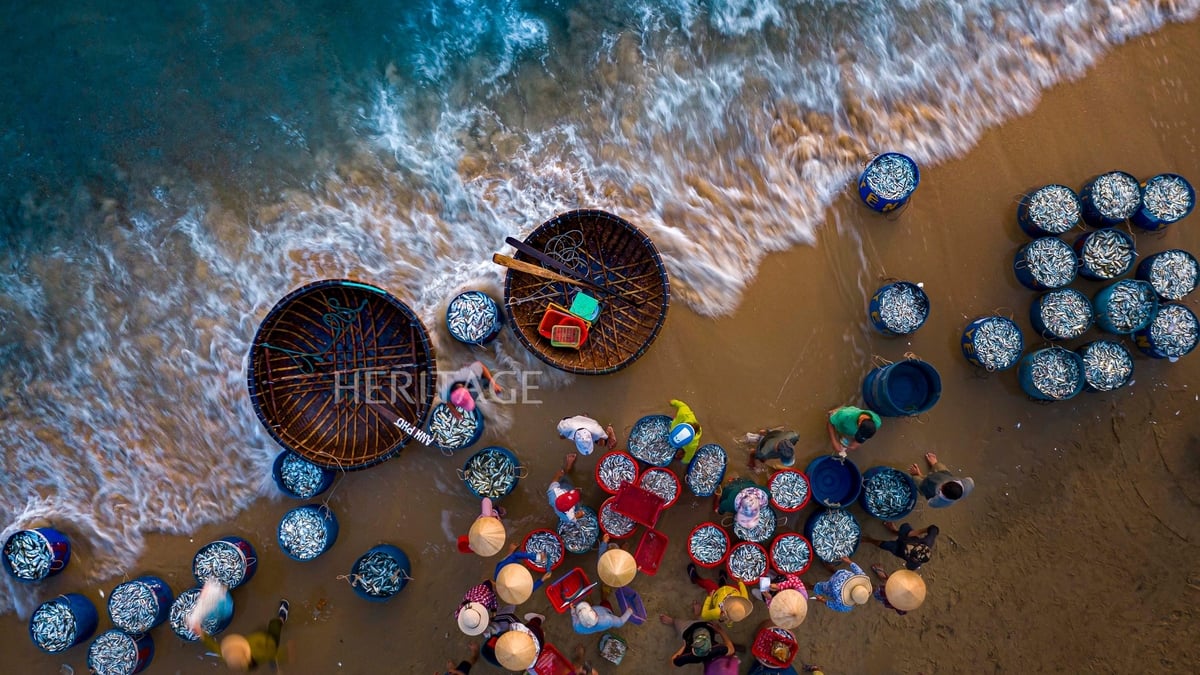

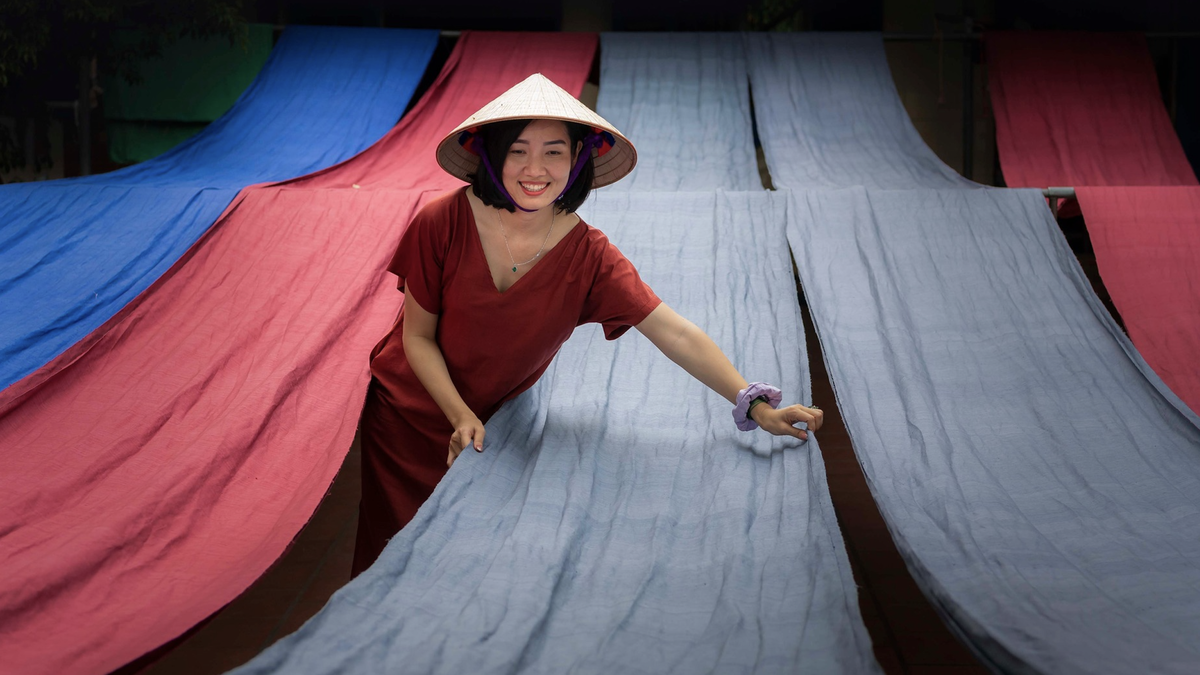

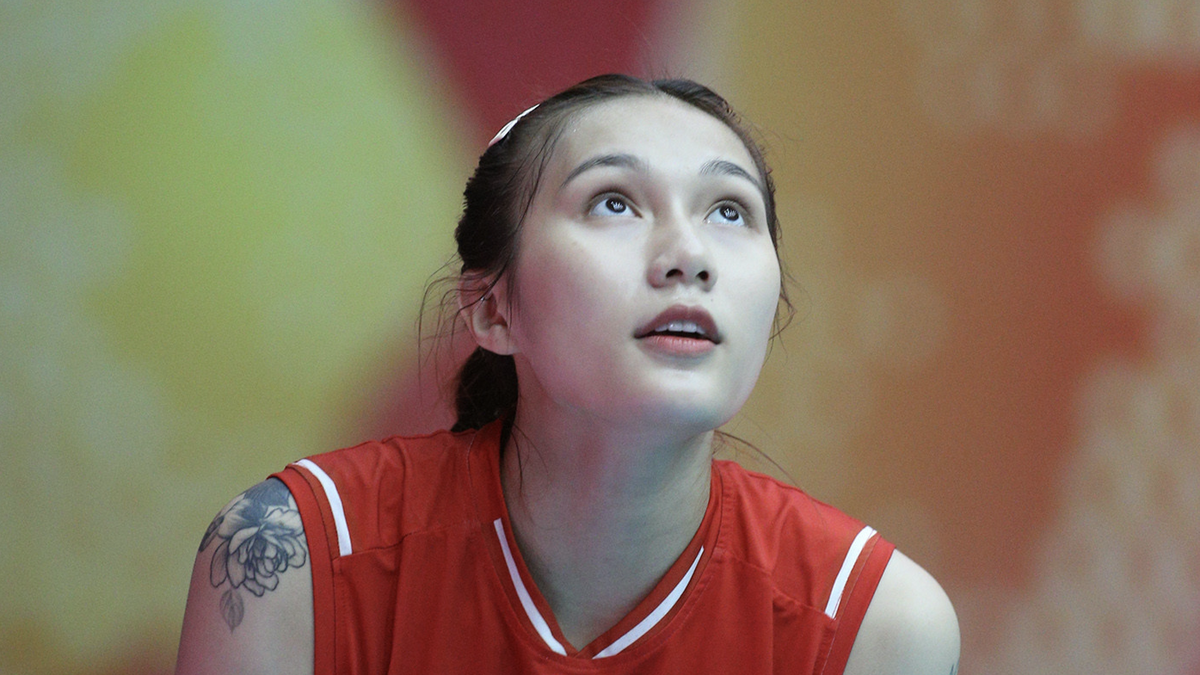
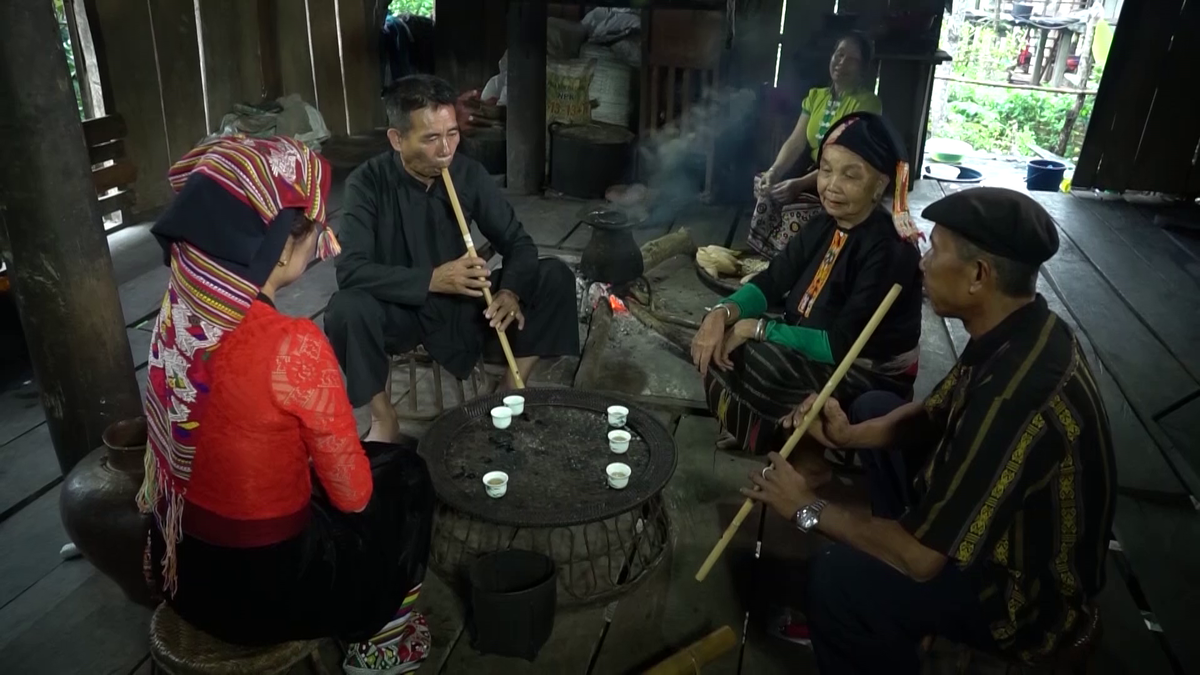
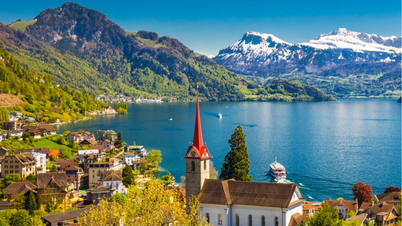
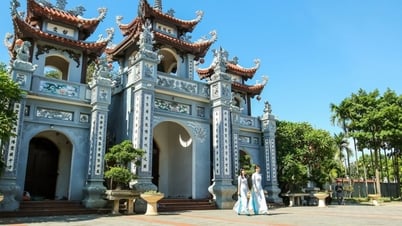

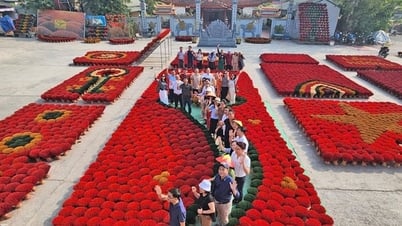

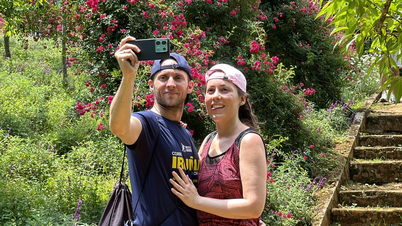

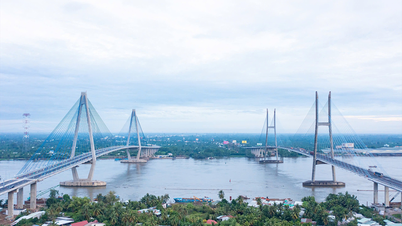
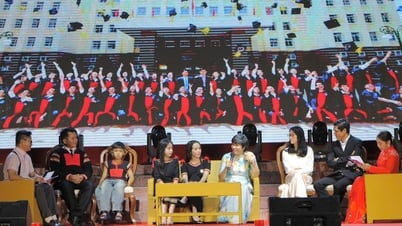

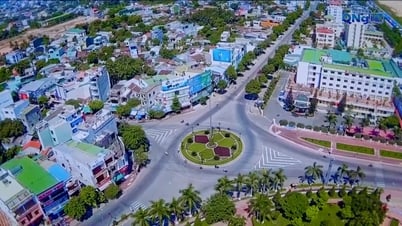



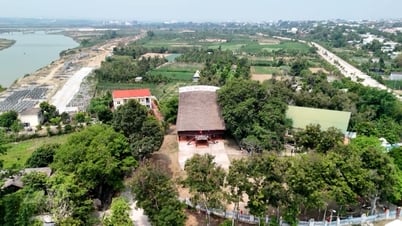
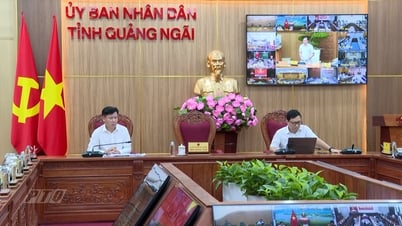





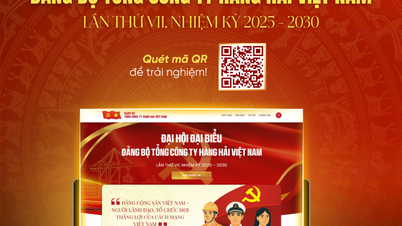
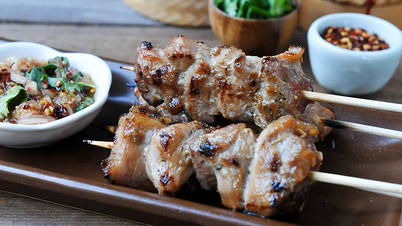

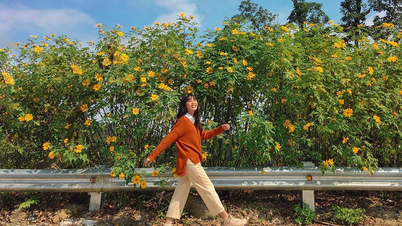
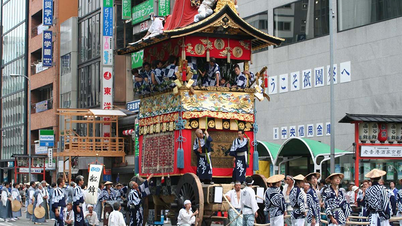
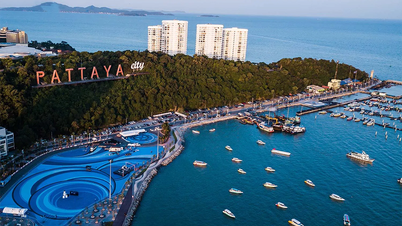
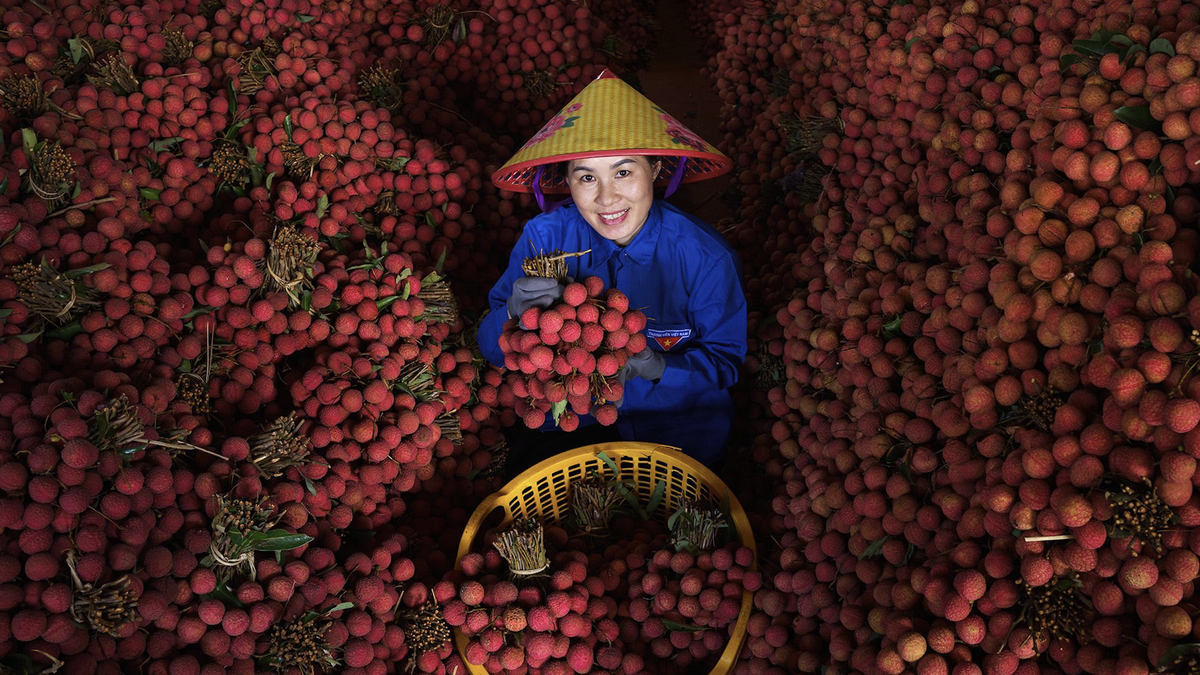
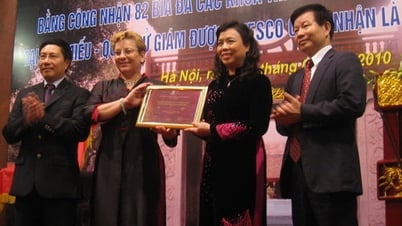

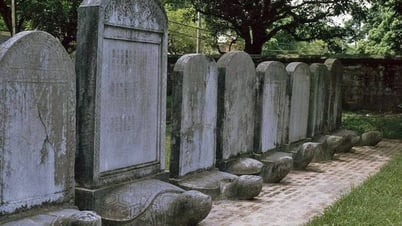

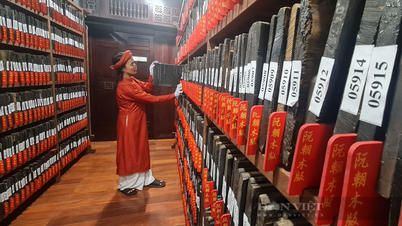

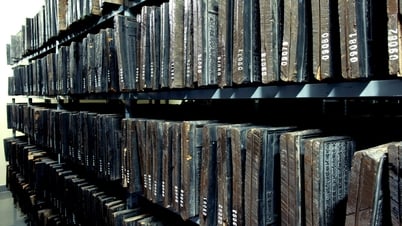



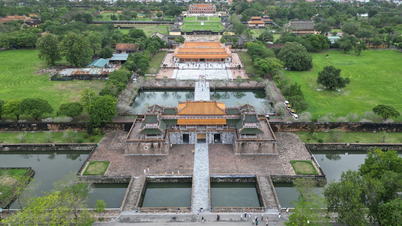

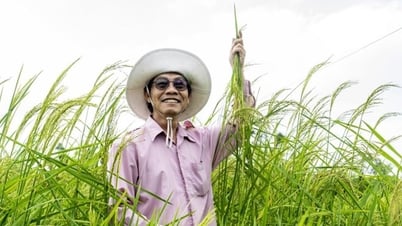

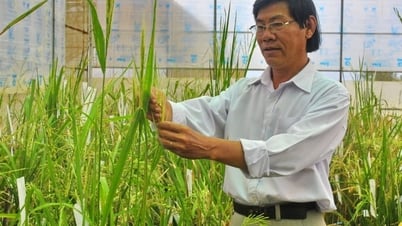
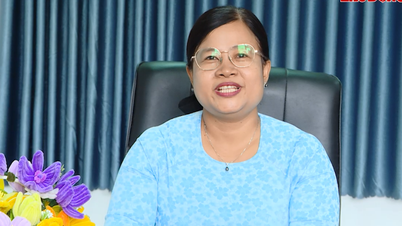
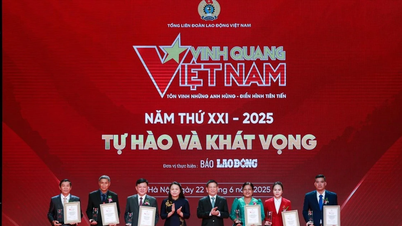

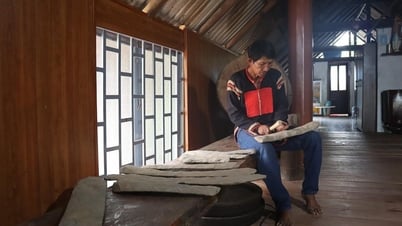
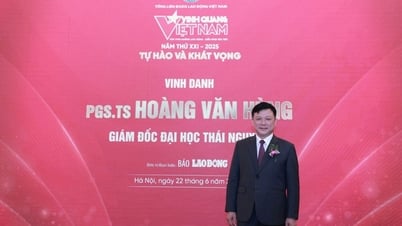

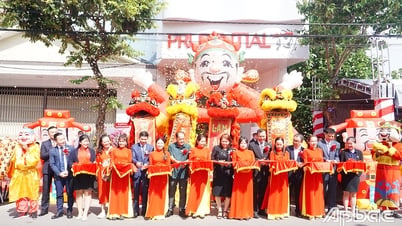







![[Photo] General Secretary To Lam attends the launch of 3 digital platforms serving the implementation of Resolution No. 57-NQ/TW](https://vphoto.vietnam.vn/thumb/402x226/vietnam/resource/IMAGE/2025/7/2/d7fb7a42b2c74ffbb1da1124c24d41d3)


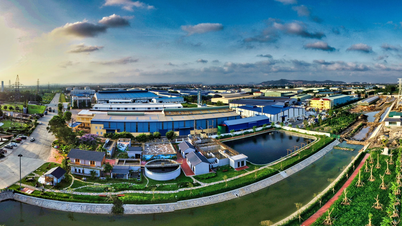

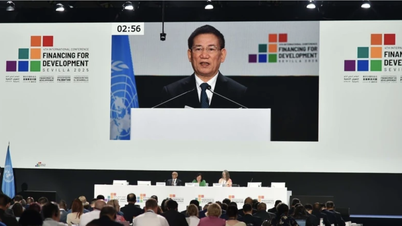


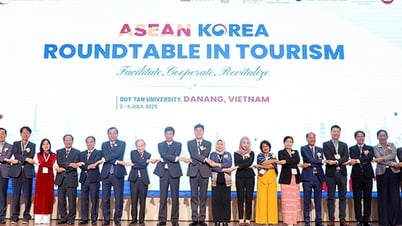
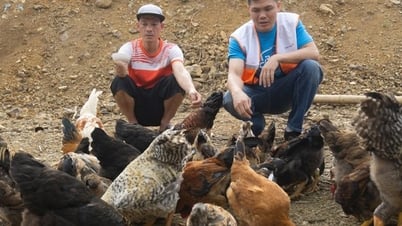
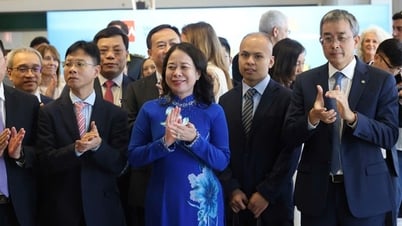


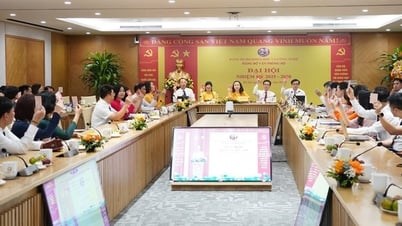
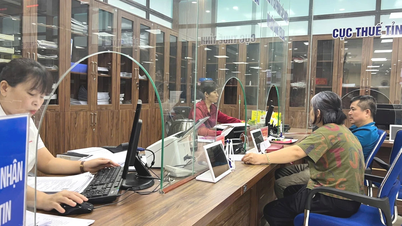
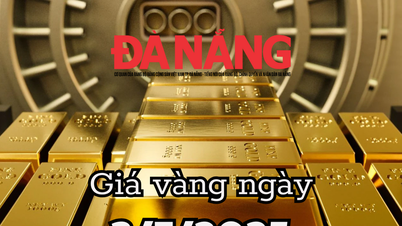

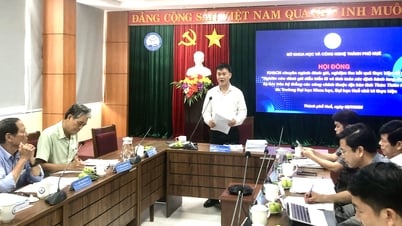



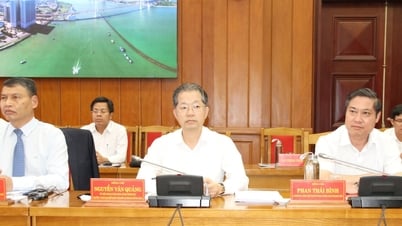
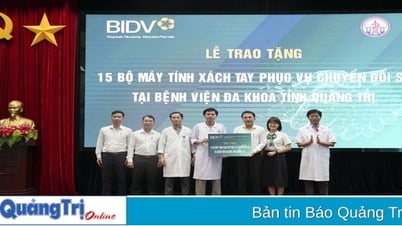
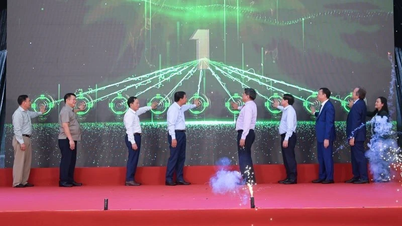







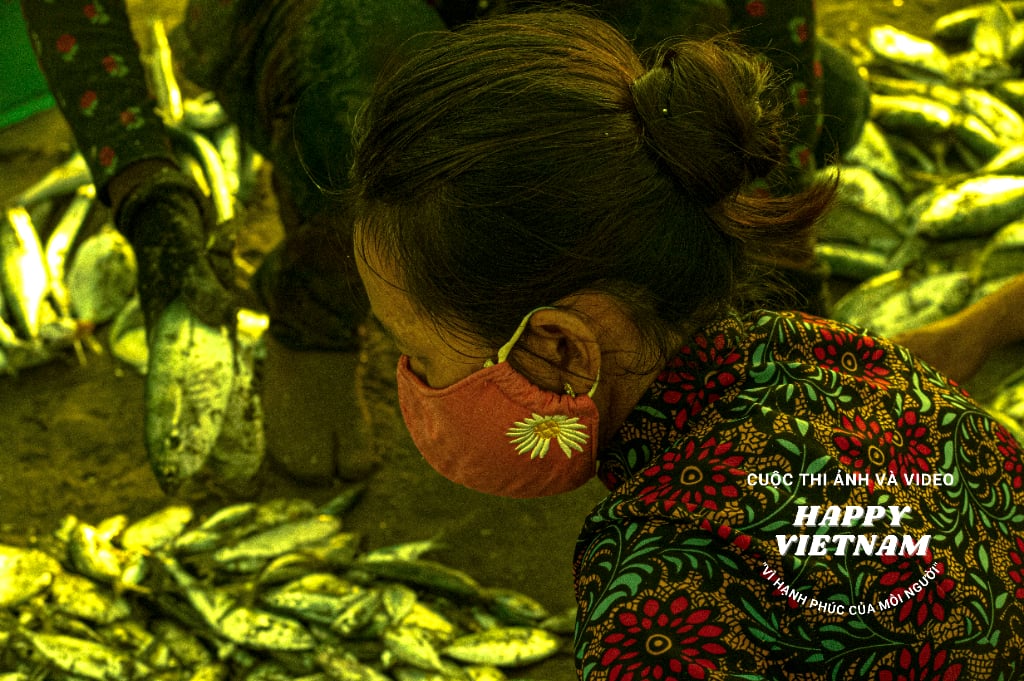
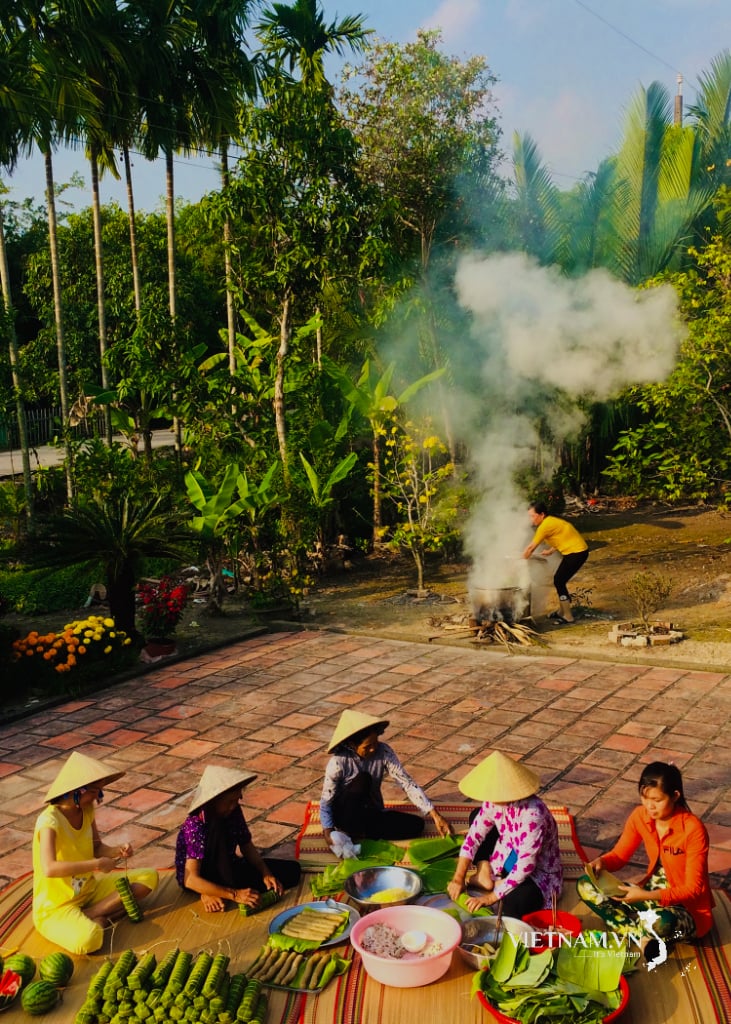
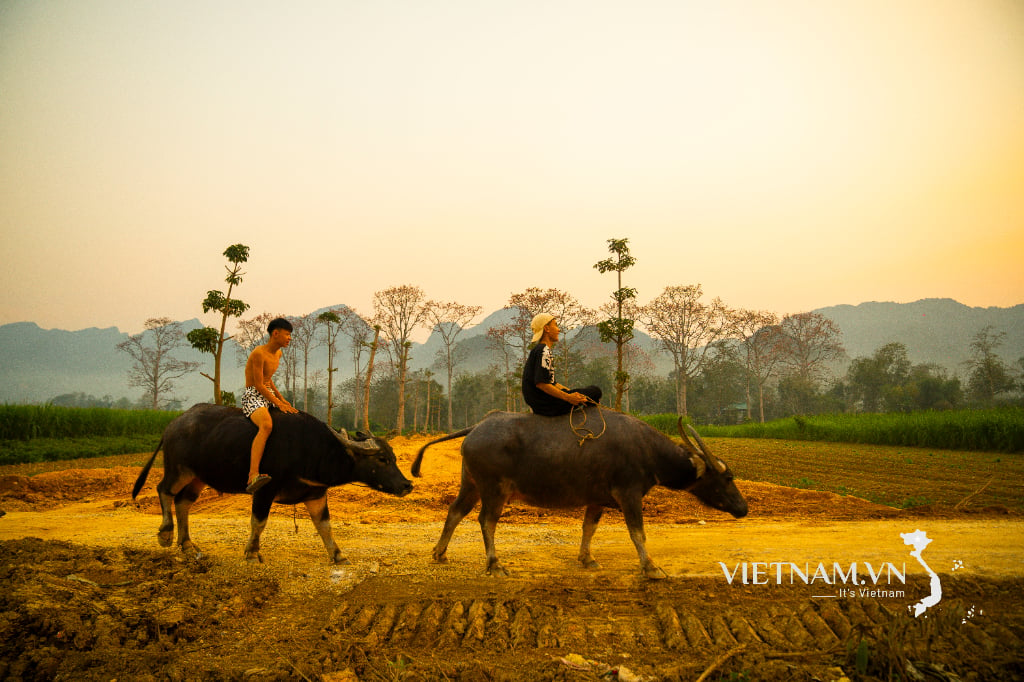
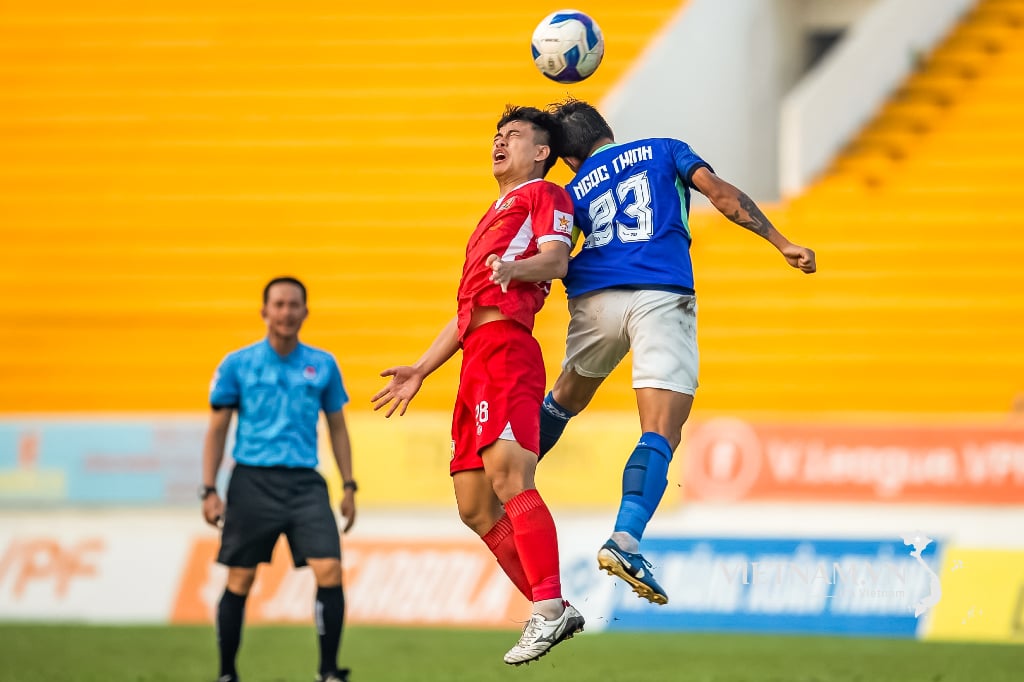
Comment (0)